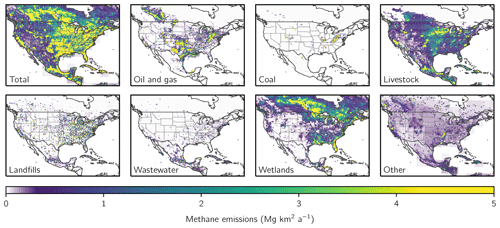2024-05-01 ロスアラモス国立研究所(LANL)
<関連情報>
- https://discover.lanl.gov/news/0501-ancient-mars/
- https://agupubs.onlinelibrary.wiley.com/doi/10.1029/2023JE007923
火星のゲール・クレーターにおける古代のオキシック湖水状態の指標としてのマンガンに富む砂岩 Manganese-Rich Sandstones as an Indicator of Ancient Oxic Lake Water Conditions in Gale Crater, Mars
P. J. Gasda, N. L. Lanza, P.-Y. Meslin, S. N. Lamm, A. Cousin, R. Anderson, O. Forni, E. Swanner, J. L’Haridon, J. Frydenvang, N. Thomas, S. Gwizd, N. Stein, W. W. Fischer, J. Hurowitz …
Journal of Geophysical Research: Planets Published: 01 May 2024
DOI:https://doi.org/10.1029/2023JE007923

Abstract
Manganese has been observed on Mars by the NASA Curiosity rover in a variety of contexts and is an important indicator of redox processes in hydrologic systems on Earth. Within the Murray formation, an ancient primarily fine-grained lacustrine sedimentary deposit in Gale crater, Mars, have observed up to 45× enrichment in manganese and up to 1.5× enrichment in iron within coarser grained bedrock targets compared to the mean Murray sediment composition. This enrichment in manganese coincides with the transition between two stratigraphic units within the Murray: Sutton Island, interpreted as a lake margin environment, and Blunts Point, interpreted as a lake environment. On Earth, lacustrine environments are common locations of manganese precipitation due to highly oxidizing conditions in the lakes. Here, we explore three mechanisms for ferromanganese oxide precipitation at this location: authigenic precipitation from lake water along a lake shore, authigenic precipitation from reduced groundwater discharging through porous sands along a lake shore, and early diagenetic precipitation from groundwater through porous sands. All three scenarios require highly oxidizing conditions and we discuss oxidants that may be responsible for the oxidation and precipitation of manganese oxides. This work has important implications for the habitability of Mars to microbes that could have used Mn redox reactions, owing to its multiple redox states, as an energy source for metabolism.
Key Points
- Enrichments of MnO are observed in bedrock and diagenetic features near a stratigraphic boundary between possible lake margin and lake sediments
- Manganese precipitation may have occurred along a lake shoreline via authigenic or early diagenetic scenarios
- All alteration scenarios require persistent water and highly oxidizing conditions in what would have been a habitable environment
Plain Language Summary
In May 2017, the NASA Curiosity rover observed higher than usual amounts of manganese in the lakebed rocks within Gale crater, Mars. These sedimentary rocks have larger grain sizes than what is typical for the lakebed rocks in Gale crater. This may indicate that the original sediments were formed in a river, delta, or near the shoreline in the ancient lake. In this paper, we discuss how manganese could have been enriched in these rocks—for example, by percolation of groundwater through the original sediments or through the rock afterward—and what oxidant could be responsible for the precipitation of manganese in the rocks. On Earth, manganese becomes enriched because of oxygen in the atmosphere and this process is often sped up by the presence of microbes. Microbes on Earth can use the many oxidation states of manganese as energy for metabolism; if life was present on ancient Mars, the increased amounts of manganese in these rocks along the lake shore would be a helpful energy source for life.



